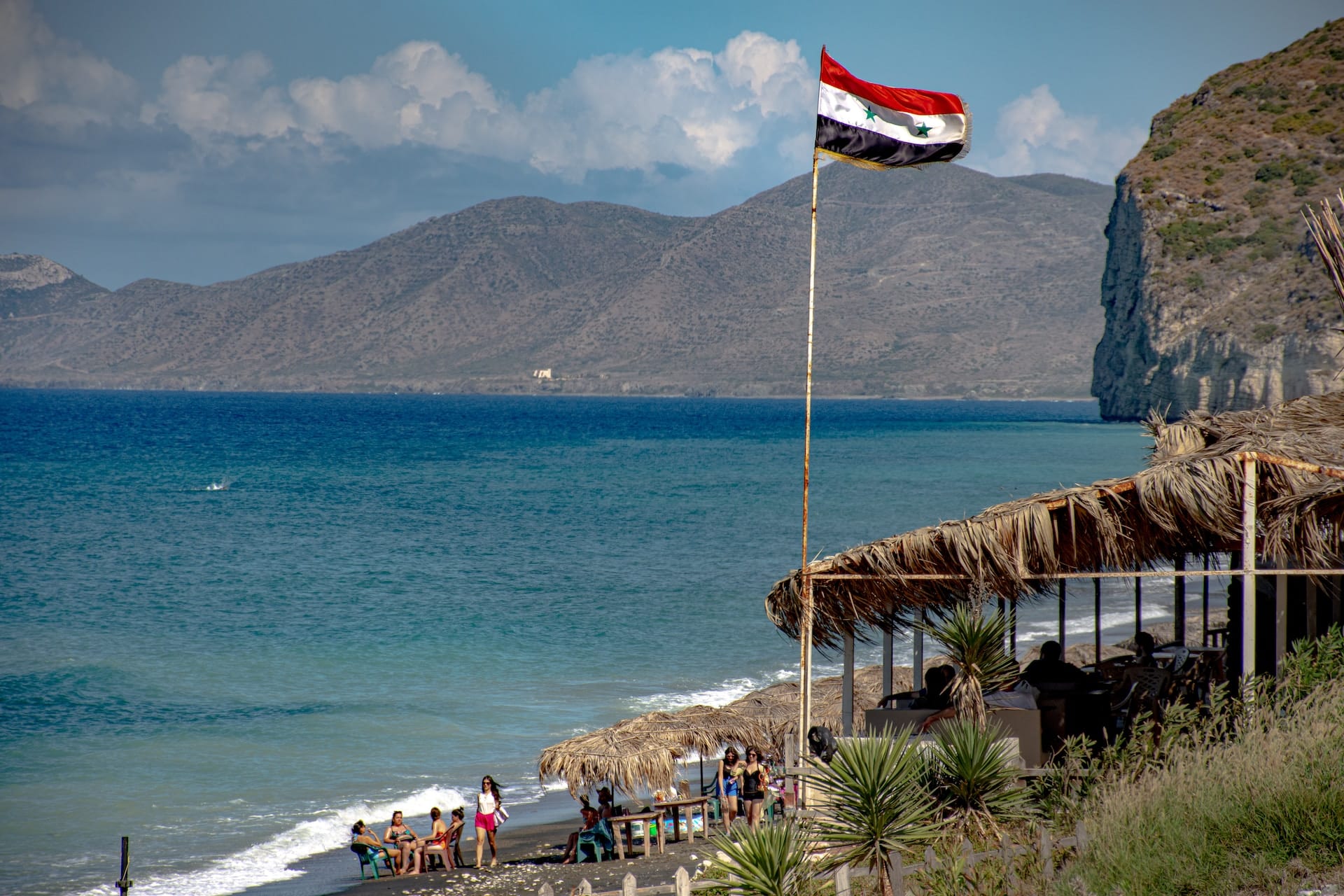The Syrian pound has sunk to an unprecedented low, hovering close to 10,000 against the dollar, fuelling concerns over skyrocketing inflation in the conflict-ridden nation.
The exchange rate plunged to 9,750 liras to the dollar before a slight recovery on Friday morning, as reported by the currency-tracking website “Syria Pound Today”. This drastic devaluation of the pound, triggered by prolonged conflict, Western sanctions and a financial meltdown in Lebanon, presents a significant escalation in Syria’s economic crisis.
Since late 2022, the lira has undergone significant depreciation, leading the Central Bank of Syria to adjust the official exchange rate in February in an attempt to narrow the disparity with the black market rates.
Prior to the outbreak of the civil war in 2011, the lira was trading at approximately 46 against the dollar. In a bid to manage the economic crisis, the central bank devalued the lira against major currencies on Thursday by about 200 liras per dollar and 205.31 liras against the euro.
The bank said the move aimed to facilitate cash exchanges and the purchase of foreign transfers, whether sourced from Syrian expatriates or international transfer networks.
Ali Al Shami, a financial analyst in Damascus, linked the spike in the dollar and euro to a slump in remittance values during the Muslim holiday of Eid Al Adha. He told Al Araby Al Jadeed that money flowing into Syria from expatriate remittances had halved compared to three months prior, during Eid Al Fitr.
The depreciating lira and rising dollar prices have resulted in a sharp decline in average wages in government-held regions, falling to approximately $10 per month. Meanwhile, commodity prices have soared, including significant increases in oil derivatives.
In response to the rising costs, Syria’s Ministry of Internal Trade and Consumer Protection has increased the price of octane 95 petrol by 1,000 Syrian pounds, making it 8,600 liras per litre, marking the third price hike in only four months.
As local media speculates about potential salary increases in the public sector, mass resignations have swept across public sector roles due to the government’s inability to raise wages. Poverty and food insecurity continue to afflict Syria at devastating levels, with the World Health Organisation estimating that 60% of the population – over 12 million people – are experiencing food insecurity.
Regions under the Syrian regime are facing a grave economic crisis, characterised by oil derivative shortages, a staggering 90% poverty rate, stalled production and industry, and limited electricity availability.
The latest shock to the Syrian economy follows the introduction of new 5,000-lira banknotes into circulation on 20 June by the central bank.
Image Credit: Hosein Charbaghi / Unsplash



















